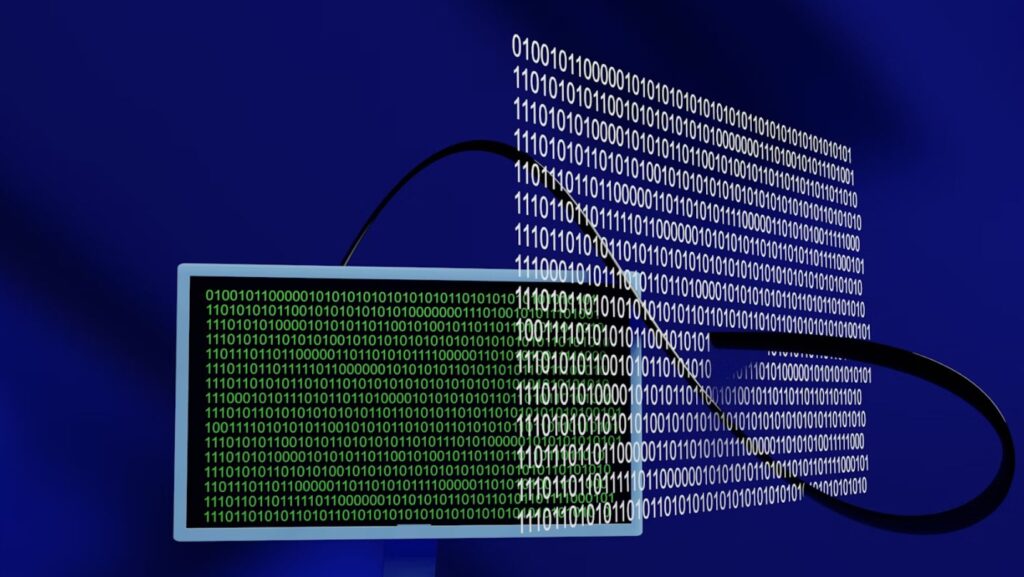How can you ensure your IoT data streams stay secure against security breaches?
The recent surge in connected devices makes it essential to secure IoT data streaming. The collection of sensitive information from numerous endpoints demands that your business implement strong security measures to protect its data.
- Prevent unauthorized access
- Comply with stringent regulations
- Maintain customer trust
But here’s the problem…
Numerous organizations experience difficulties when creating effective security measures for their IoT systems. If you don’t implement adequate security measures your business-critical data will stay exposed to harmful breaches which might destroy your business.
Read this article to discover established methods for protecting IoT data flows while boosting privacy standards and achieving regulatory compliance.
Let’s dive in!
Key Insights Ahead:
- The Growing IoT Security Challenge
- Key Vulnerabilities in IoT Data Streaming
- Essential Security Measures for IoT Data Streams
- Compliance Requirements for IoT Data
- Building a Future-Proof IoT Security Strategy
The Growing IoT Security Challenge
The IoT landscape is expanding at an astonishing rate. The global IoT market size is predicted to hit $486 billion in 2023 alongside a projection that there will be 15.9 billion connected IoT devices by 2030. The rapid expansion of IoT creates significant business opportunities while simultaneously generating major security difficulties.
Think about it:
Every connected device stands as a possible access point for attackers to exploit. The increase in devices creates additional vulnerabilities and expands the attack surface. The extensive amount of data produced and transmitted adds to the complexity of this problem.
The research by Frost & Sullivan in 2023 showed that the number of active IoT-connected devices globally would hit 41.76 billion which shows an 18% rise compared to the previous year. Your IoT infrastructure contains billions of potential security vulnerabilities.
The stakes are high. When attackers gain access to IoT data streams the resulting repercussions can be devastating:
- Sensitive customer information exposed
- Intellectual property stolen
- Operational disruptions
- Financial losses
- Damaged reputation
Businesses must prioritize IoT security during deployment because neglect leads to unacceptable risks. Any IoT deployment should consider security as its fundamental element.
Key Vulnerabilities in IoT Data Streaming
You must identify the most vulnerable points in your IoT data streams before putting security measures into place. Let’s examine the primary weak points:
Device-Level Vulnerabilities
IoT devices typically represent major security threats. Manufacturers frequently design IoT devices with only basic security measures to maintain low production costs and extend battery usage.
During 2023 security flaws in IoT devices reached peak levels for consumer products including TV sets which accounted for 34%, smart plugs with 18%, DVRs at 13%, and routers at 12%. The statistics demonstrate the dangers involved with unprotected IoT data streams.
Common device-level vulnerabilities include:
- Weak or default passwords
- Outdated firmware
- Lack of encryption
- Insufficient authentication mechanisms
- Limited processing power for security features
Network Transmission Risks
Data encounters new threats to security when it travels between devices through networking systems. When IoT data is sent over unsecured transmission protocols it becomes visible to anyone who monitors the network traffic.

Privacy and security concerns are significant among IoT users: A quarter of respondents identify the absence of security frameworks and controls in IoT environments while another quarter have faced privacy violations stemming from IoT-generated data. There exist significant vulnerabilities that prevent IoT data streams from being secured against unauthorized access and misuse.
Essential Security Measures for IoT Data Streams
With a clear understanding of the vulnerabilities, we will now examine the essential security measures necessary to protect IoT data streams.
End-to-End Encryption
The initial protective measure for IoT data security is encryption. The implementation of strong encryption across all stages of data transmission makes it impossible for intercepted data to be understood by unauthorized users.
The HiveMQ data intelligence platform offers powerful end-to-end encryption capabilities that protect IoT data from the moment it leaves a device until it reaches its final destination. This advanced security solution maintains protection for sensitive information during every phase of the data streaming workflow.
Key encryption considerations include:
- Data in transit protection using Transport Layer Security (TLS)
- Data encryption at rest in storage systems
- Regular rotation of encryption keys
Authentication and Authorization
It is essential to identify the entities that are accessing your IoT data streams. Strong authentication allows only legitimate devices to connect to your network and authorization determines what connected devices can do.
Effective authentication and authorization require:
- Multi-factor authentication where possible
- Device certificates for machine authentication
- Principle of least privilege for access control
Network Segmentation
Network segmentation splits your network into separate segments to prevent breaches from spreading and stop attackers from moving laterally.
For IoT implementations, consider:
- Separating IoT devices from critical business systems
- Creating security zones based on data sensitivity
- Implementing firewalls between network segments
Monitoring and Anomaly Detection
You can identify and tackle security threats early through continuous surveillance of IoT data streams which prevents substantial system damage.
User awareness strongly influences security concerns: The security concerns of regular IoT users and organization leaders show that security training and culture development play crucial roles in protecting IoT data streams and meeting compliance standards.
Compliance Requirements for IoT Data
Organizations need to manage the growing complexity of compliance requirements related to IoT data management in addition to security concerns. The collection, processing, and storage of IoT data must be customized to meet the unique requirements of different regions and industries.
IoT data handling operations must adhere to multiple significant privacy regulations.
- General Data Protection Regulation (GDPR)
- California Consumer Privacy Act (CCPA)
- Industry-specific regulations (HIPAA, PCI DSS, etc.)
These regulations generally require:
- Transparent data collection practices
- User consent for data collection
- Data minimization principles
- Right to access and delete personal data
- Security measures appropriate to risk
Building a Future-Proof IoT Security Strategy
Your IoT security approach needs constant adaptation in response to emerging threats and technological advancements. A future-proof strategy requires consideration of both current issues and potential advancements.
Security by Design
The strongest method to secure IoT systems starts with incorporating security measures during the initial development stages.

IoT security gets embedded into all parts of your system through security by design principles.
Key elements include:
- Security requirements in procurement processes
- Vendor security assessments
- Threat modeling during design phases
Data Minimization
Reducing data collection to only what is necessary minimizes security threats and lessens compliance requirements. For each data point, ask:
- Does the collected data serve a necessary purpose for system functionality?
- What duration must be allocated for data retention purposes?
- Can this data be anonymized or aggregated?
Education and Awareness
Technology alone can’t secure your IoT ecosystem. Human involvement is essential to ensure security systems operate effectively.
Focus on:
- Security training for all stakeholders
- Clear security policies and procedures
- Building a security-conscious culture
The Path Forward for IoT Security
The protection of IoT data streams has become a fundamental requirement for business continuity and expansion in our interconnected world. The expansion of IoT deployments leads to increased risks and compliance requirements.
Following the guidelines provided in this piece will enable you to:
- Protect sensitive data from unauthorized access
- Maintain compliance with evolving regulations
- Build customer trust through demonstrated security
- Reduce the risk of costly data breaches
- Create a foundation for secure IoT innovation
IoT security represents an ongoing process that requires continual updates and improvements. The security strategy for your growing IoT implementation should remain flexible to handle emerging threats.
Protecting data and maintaining regulatory compliance through IoT security investment today enables safe utilization of IoT opportunities tomorrow.
Implement your secure IoT data streaming strategy immediately to prevent reactive measures after a security incident occurs.
